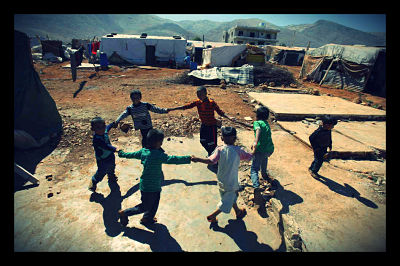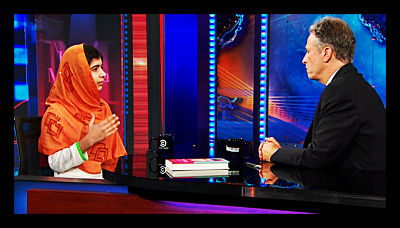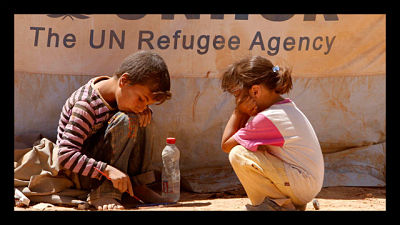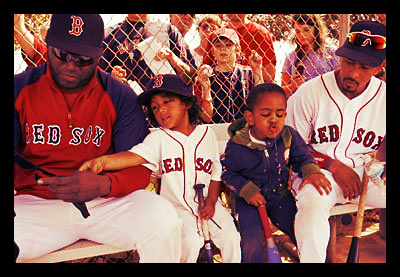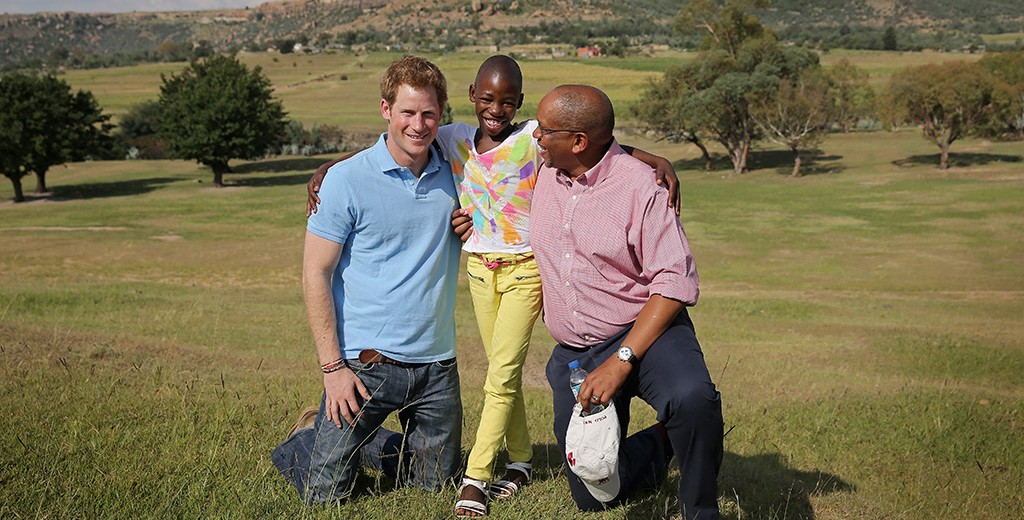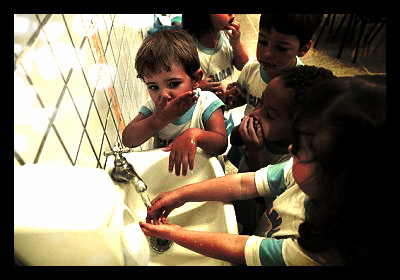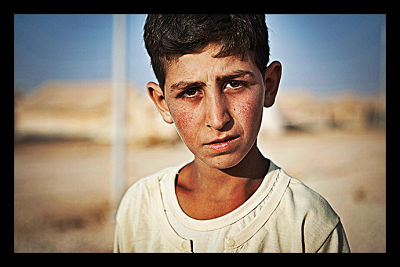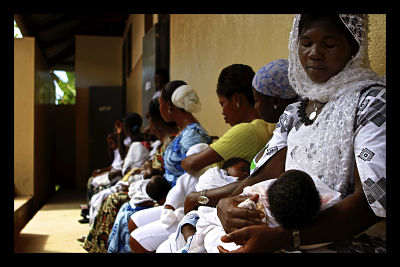In America, we often tend to live inside of a bubble, a comfortable space in which we utilize blissful ignorance to the outside world and its problems.
But this bubble has a negative impact on what’s beyond it – the rest of the world. By choosing to live in ignorance, people who need help are unable to receive it. Where that problem begins is in the home – with children.
Being privileged to a comfortable lifestyle as a child, I grew up typically getting what I wanted for Christmas and birthdays. My sister was given an iPod when they first came out, while I eventually came to be the owner of a Gameboy Color, a Nintendo 64 and a GameCube. Then again, sometimes there were disappointments – things I had asked for that were not wrapped up in brightly colored packages under the tree.
It was important to my parents to make sure that my sister and I got gifts we would actually use, but even more important was the lesson that we wouldn’t always get what we want.
That lesson applies in a large scale to the problem of global poverty, and authors are now tackling it. Not only do these lessons come in large, adult books, but they are now being offered in the pages of children’s books.
The following books educate and reinforce principles regarding economic differences, while also validating the emotions of the poor readers. The refreshing part is that these books do not intend to preach; they teach the values of resourcefulness and gratefulness.
- The Can Man by Laura E. Williams, illustrated by Craig Orback: Tim’s parents can’t afford the skateboard he dreams of for his birthday, so he puts on rubber gloves and starts collecting cans in a quest for cash. Soon he finds himself racing a homeless can collector to the best spots in the neighborhood for cans. As he gets to know “The Can Man,” Tim learns there are things in life more valuable than any object.
- Lucky Beans by Becky Birtha, illustrated by Nicole Tadgell: Marshall Loman is sick of beans because he has had to eat them every night since his father lost his job. In this Depression-era story, a bean counting contest at a local shop and one boy’s math-savvy help a family get back on their feet again.
- The Hundred Dresses by Eleanor Estes, is a classic story about a Polish immigrant girl who is teased for saying she has one hundred dresses, when she wears the same faded old dress every day. It is told from the perspective of the teaser’s friend. I read this story aloud over the course of a week, engaging the children during and after each reading in a philosophical discussion about the ethical dilemma of being a silent bystander.
- Si, Se Puede! by Diana Cohn, is a bilingual story about the Service Employees International Union organizing drive and janitors’ strike in Los Angeles. It is useful to discuss why and how workers form unions, what a strike is, the importance of community support, and connections between the story of the janitors’ organizing drive and local labor struggles.
- The Streets Are Free by Karusa, is a bilingual story about children in a Venezuelan barrio who organize and protest about the lack of a playground in their neighborhood and the eventual community action which builds it. Children can retell and then make captioned drawings to illustrate a story of community organizing told by a “guest activist” visitor to the classroom. These can be displayed, then bound into a class book.
- Shingebiss by Nancy Van Lann, is an Ojibwe legend about a merganser duck who demonstrates the values of persistence, conservation and resourcefulness in order to survive the northern winter. This is a favorite of my students and my own children. Shingebiss is an excellent role model to refer to when the going gets rough. I am often impressed by hearing my students exhort each other to be persistent or praise each other for being resourceful in their problem solving. I start to proudly think, “Wow! Did I teach them that vocabulary?” and then humbly remind myself, “no, they learned it from a duck.”
- Tight Times by Barbara Shook Hazen, is about a boy in a financially stressed family who really wants a pet dog. Told from the child’s perspective, it describes the boy’s spontaneous adoption of a stray kitten against the backdrop of the father’s anger at his sudden job loss. Children can easily make text-to-self connections with the story as they discuss how a sudden change of circumstances can affect everyone in a family.
- The Lady in the Box by Ann McGovern, is about two children who notice and then befriend a homeless woman living in their neighborhood.
- Fly Away Home by Eve Bunting, is about a homeless boy and his father who live at an airport. I use both this book and The Lady in the Box to help children see beyond the “shopping bag lady” stereotype of homelessness, to recognize that people of all ages and circumstances can become homeless for a brief or longer period of time, for a variety of reasons, and that shelters are not solutions in themselves.
– Samantha Davis
Sources: Huffington Post, Scholastic
Photo: Georgina Public Libraries
